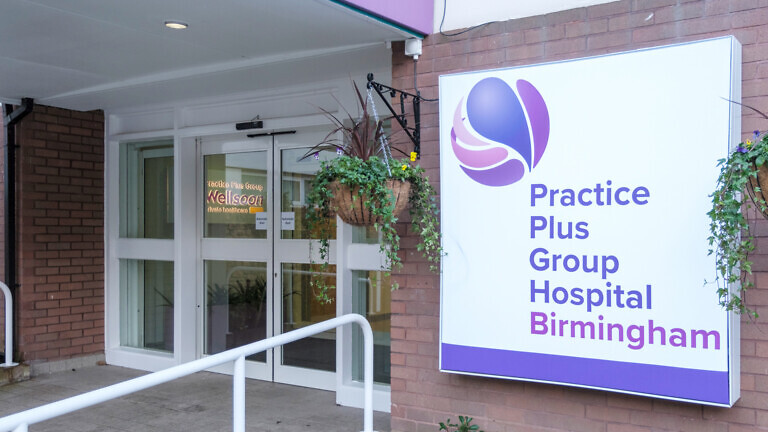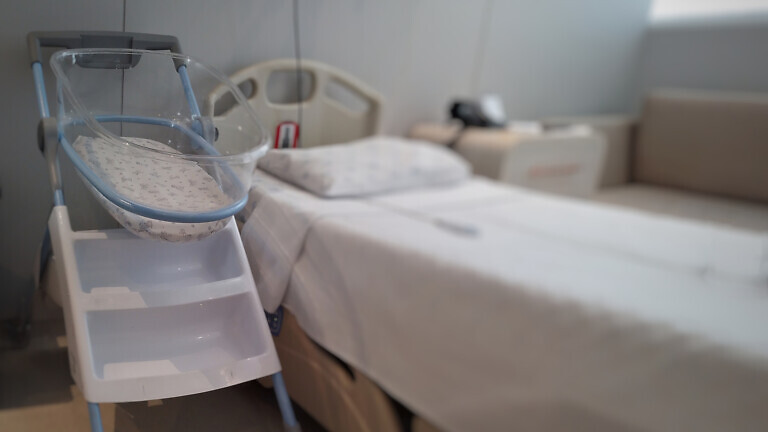Timely and accurate diagnosis is the foundation of effective patient care. However, diagnostic delays remain a persistent challenge, often leading to deteriorated patient outcomes, increased treatment costs, and heightened legal risks for healthcare providers. By understanding the causes of delayed diagnosis and implementing proactive strategies, healthcare professionals can significantly improve patient safety and care quality.
A delayed diagnosis occurs when a medical condition is not identified within a reasonable timeframe, often resulting in missed opportunities for early intervention. The consequences can be severe. Patients may experience disease progression that limits treatment options and reduces survival rates, particularly in conditions such as cancer, sepsis, and stroke, where timely intervention is critical. Late-stage diagnoses also increase healthcare costs, as they often require more aggressive and prolonged treatments. From a legal and reputational standpoint, delayed diagnoses contribute significantly to clinical negligence claims, leading to financial settlements, increased scrutiny from regulatory bodies, and damage to the trust patients place in their healthcare providers.
The causes of diagnostic delays are varied, often arising from a combination of systemic, cognitive, and technological challenges. Overcrowded hospitals, workforce shortages, and long waiting times for referrals can create significant bottlenecks in the diagnostic process. Clinician fatigue and cognitive biases can also contribute, particularly when symptoms are subtle or resemble less serious conditions. Communication failures, such as delays in test result reporting or a lack of follow-up on abnormal findings, further increase the risk of missed diagnoses. In some cases, outdated technology or a lack of interoperability between healthcare systems can prevent clinicians from accessing the full clinical picture, leading to incomplete or incorrect assessments.
Addressing these challenges requires a multi-faceted approach focused on improving diagnostic processes, strengthening communication, and leveraging technology to enhance decision-making. Encouraging multidisciplinary case discussions and second opinions can help reduce the risk of individual oversight. Implementing structured diagnostic checklists and clinical decision support tools can also assist in identifying potential red flags that may otherwise be missed. Improving patient engagement through clearer communication of test results and follow-up plans ensures that concerns are addressed in a timely manner, reducing the risk of conditions going undiagnosed. Investment in digital health solutions, such as artificial intelligence and predictive analytics, can further enhance diagnostic accuracy by identifying patterns and highlighting cases that require urgent attention.

Lead Healthcare Investigator at TMLEP
TMLEP plays a crucial role in supporting healthcare providers in navigating the challenges of delayed diagnosis. Through independent clinical investigations, TMLEP helps identify the root causes of diagnostic failures and provides actionable recommendations to improve patient safety. Additionally, TMLEP’s consultancy services assist healthcare organisations in reviewing and refining their diagnostic pathways, ensuring that systemic limitations are addressed. By offering expert medical opinions and in-depth case analysis, TMLEP enables healthcare professionals to learn from past incidents and implement best practices that reduce the risk of future delays.
As healthcare continues to evolve, the importance of timely and accurate diagnosis cannot be overstated. By recognising the risks associated with delayed diagnosis and adopting proactive measures to mitigate them, healthcare providers can improve patient outcomes, reduce litigation risks, and enhance overall care quality. With expert support from organisations like TMLEP, healthcare professionals can navigate these challenges more effectively, ensuring that patient safety remains at the heart of clinical practice.
For more information on TMLEP’s risk management and incident response services, visit TMLEP Consultancy Services.




